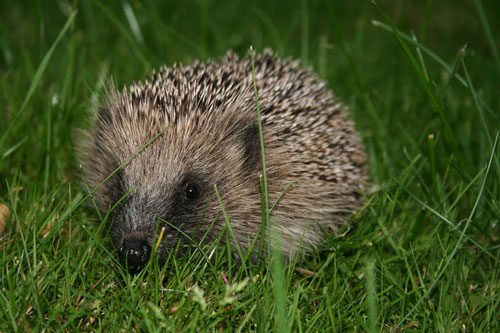
12 wild animals in survival competition
The natural world is a fierce survival competition. And there, people admire extremely unique defenses of animals.
1. Hedgehog

The British call the porcupine pig a fence because it strikes the soil to dig roots to eat on the fence like a wild boar. Porcupines are the only mammals with prickly feathers. When he feels threatened, this mischievous creature curls up like a ball, hides his head, ears and legs inside, pointing out to sharp feathers. If the thorny feathers also proved to be ineffective against the enemy, they immediately applied plan B: porcupine to find poisonous plants, grab water (and completely not swallow) and lick up the thorns. Enemies who come into contact with spikes without dying are numb.
2. Spanish amphibian lizard
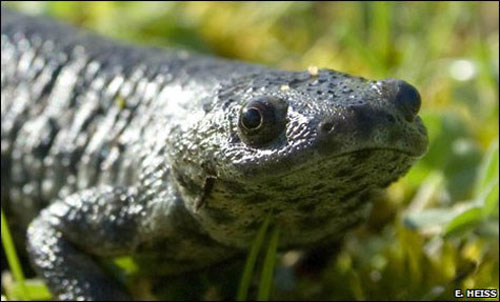
Long sun loungers in Costa del Amphibian (Coast of amphibians); These little animals have a face that looks a lot like Alien. When in danger, they dash away, quickly shooting to hide. If they fall into the hands of an enemy, they will release a milky white poison from the body. The sharp end of the ribs on the skin becomes poisonous arrows that are unfortunate if the enemy is hit.
3. Tigers bring venom spray
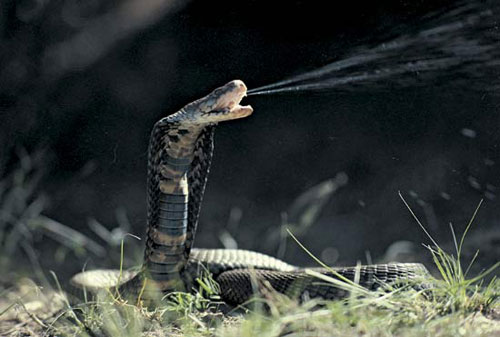
When the cobra of the two sides shows up is extremely dangerous, it must be far away. How far is it? Please, with fangs specially made with small holes, this creepy reptile can spray a number of venom as close as 3 meters and its target is an enemy's eye for 80% of the time. time. Sprayed by snake venom, your cornea is so badly and worse that it will be blind. That's not to mention if closer, it will operate to put venom directly into the opponent's body.
4. Thai suicide bomber ants
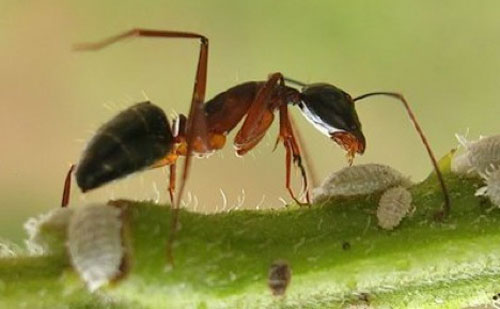
If this insect is about to die in a failed battle, it tries to make the opponent lose something, or die (which in the story is called ' co-rules '). Seeing that he had hoped to survive, he tucked in his stomach and released a poison from the lower jaw of his jaw, by breaking his head by himself so that the poison erupted in all directions around him, as an opponent if he did not die. seriously injured. What a suicide bomber.
5. Yellow frogs are poisonous
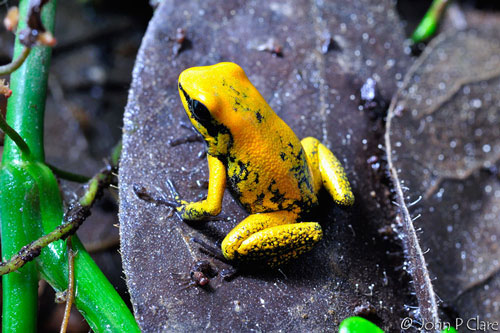
The combination of yellow, orange and tree leaves is a natural sign of a poisonous frog species living in the Amazon forest. Colombian aborigines are afraid of them. They showed that only a single dose of this beautiful and tiny, colorful frog released enough to kill 10 adult men.
6. Duck-billed otters
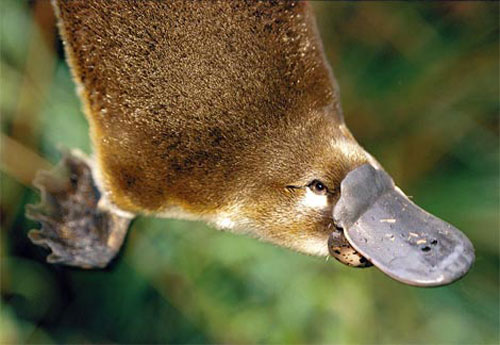
The first scientists to see the duckling otter laugh, thought it was someone's trick, because he had a mine like a duck and his leg was like a rowing swimming. But if you have time to observe your favorite animal, you will find many interesting things. Born with sharp claws on the back heel, the male otter can release the poison. Otter will use them as weapons and defense and attack. You don't laugh at them now.
7. Octopus
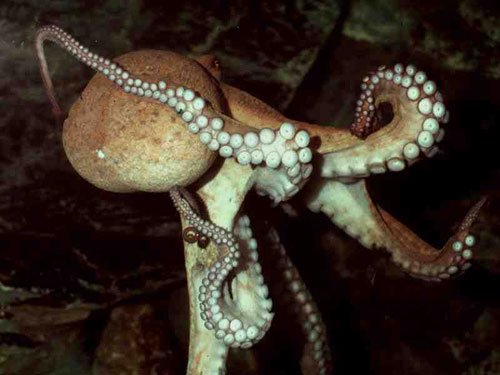
This insidious name in this aquarium is a master of disguise and escape. The special pigments and ingenious transformations of muscles allow it to transform colors and shapes according to the environment and circumstances. In order to hide it spew out a bunch of black ink to cover the enemy's eyes or hide in a cave regardless of shape. Not only does the smell change.
8. Bear bag
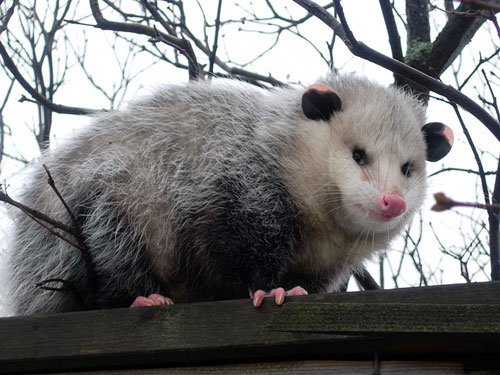
Among the familiar ways to deal with the danger of being ready to confront, run away, or disguise . the koalas add another way to fake death to defend themselves. The fork turned, lay motionless, even if the opponent turned over and over again, it did not budge. The opponent thought that he had completely left for a while, he just got up, returned home. Sometimes the enemy is still suspicious, returning, the koalas are still flowing and smelling like a long dead animal to deceive. The winner is very reassuring, leaving completely. So escape.
9. Bug removal
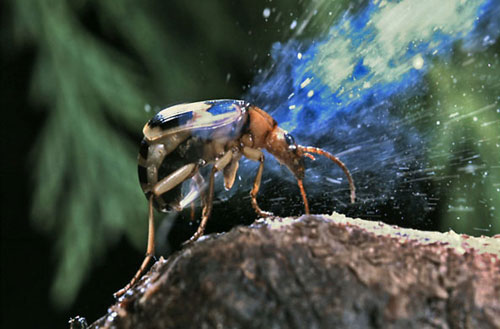
The middleware is used as a unique weapon in an insect's thrrs of an animal called a bomb-throwing bug (also known as a tick-and-kill bug). When in danger, a chemical reaction in the abdomen will immediately occur, producing heat and pressure. The product of the reaction is a poisonous and toxic gas that will emit from a gland under the anus with an explosion, which can kill other insects. They dropped the bomb.
10. Lizard has horns
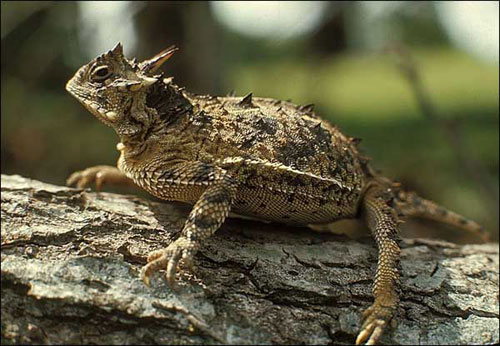
Resizing is also a defensive weapon. At least this is true for lizards in the desert in America. Meeting opponents, horned lizards have nowhere to run, there is nowhere to hide. He stood in place, bulging himself, instantly doubling. The opponent saw that, scared to flee. If the enemy is still aggressive, it will use the next weapon: from the corner of the eye, firing a poisonous blood beam at the opponent.
11. Zebra
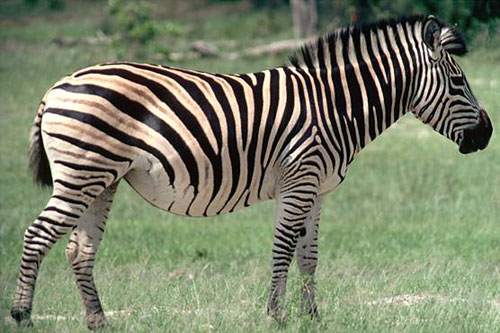
Any animal that meets the lord is a lion, there is only one way to run. But the zebra is not sure. The streaks on the body which inherently made other animals difficult to detect, then at dawn or at night, the streaks were particularly effective, they caused the lion to be fooled, unspecified. get distance when chasing zebra.
12. Skunk
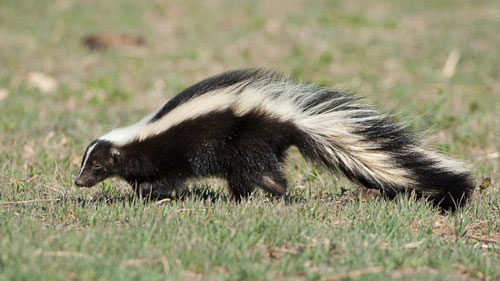
The smell weapon is also a unique defense weapon that seems to be only in a slender, furry, fuzzy animal. They chased away the enemy from an oil line on the tail of a stinking ' fog ', making every animal - perhaps except its owner - feel uncomfortable and quickly evade. The smell was so hard to spread that it reached 3 meters and existed for many days.
- Beam of photos: The survival battle of wild animals
- The survival war of animals
- Video: The secret to creating and keeping fire when lost in the wild
- The aggressive attacks of animals
- Survival war on Kenya grassland
- Photography: 'Talking eyes' of wild animals
- Survive in the driest desert in the world
- The 'unimaginable' way of survival of African aborigines
- American wild boar 'invades' Mexico
- Bunch of photos of survival war in the wild
- Survival dance between green forests
- 7 differences between animals and wild animals
 Animal 'suffering' after hibernation
Animal 'suffering' after hibernation Why do goats climb well?
Why do goats climb well? Scientists were surprised to see chimpanzees eating turtles
Scientists were surprised to see chimpanzees eating turtles Giant catfish died deadly due to drought in Thailand
Giant catfish died deadly due to drought in Thailand